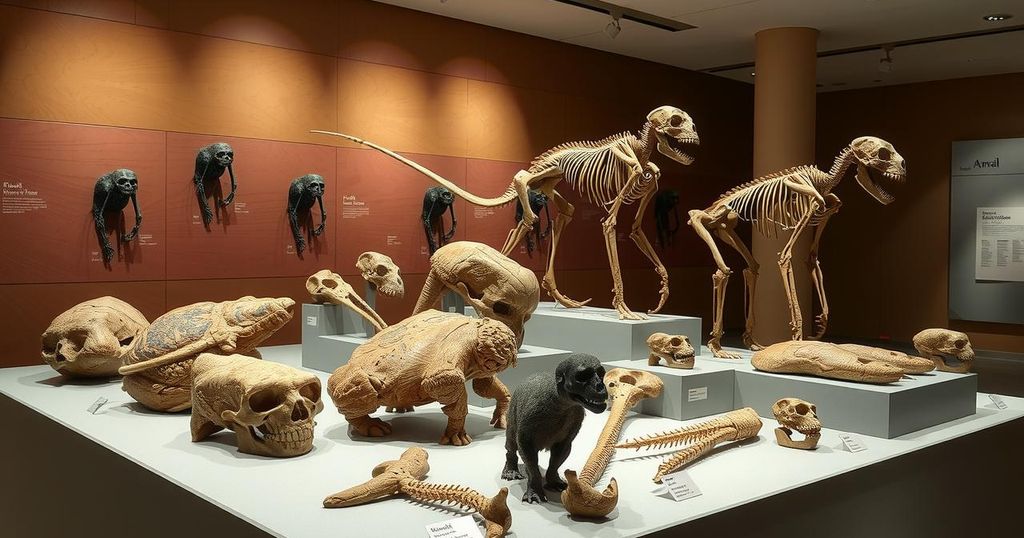Top 5 Science News Stories of 2024: Breakthroughs and Discoveries
The five most popular Science News stories of 2024 encompassed groundbreaking findings: psilocybin’s effects on the brain, the impact of social media on adolescent mental health, a remarkable solar eclipse, complex dynamics of a major fault line, and genetic insights into historical predators. Together, these narratives highlight the rich tapestry of scientific exploration that captured public interest.
2024 brought remarkable scientific discoveries that intrigued millions, with top stories capturing the essence of exploration and understanding. Here’s a roundup of the five most captivating Science News articles from the year, each offering unique insights into our world and beyond.
5. Psilocybin’s impact on the brain captivated minds as research revealed it can temporarily erase individual brain activity patterns. This phenomenon occurs primarily in the default mode network, a region tied to personal identity. The implications are far-reaching, suggesting potential advancements in mental health treatments, as most effects subside within a day (SN: 8/10/24, p. 12).
4. The alarming evidence surrounding social media’s effects on adolescent mental health stirred significant concern. Despite rising awareness, comprehensive studies are essential to unravel the complexities of the issue, helping to identify vulnerable groups. The insights from such research could empower stakeholders to create safer online environments for young people (SN: 3/9/24, p. 14).
3. The 2024 total solar eclipse was a celestial marvel. Occurring on April 8, it was exceptional due to the moon’s proximity to Earth and the sun’s activity peak, resulting in an unusually dark and lengthy event. This alignment provided a unique opportunity for scientists to delve deeper into solar phenomena, making it a highlight of the year (SN: 3/9/24, p. 24).
2. Geoscientists unearthed critical data about the Cascadia megathrust fault, revealing a complex structure rather than a uniform fracture. This fault spans numerous segments, with the most perilous section stretching from southern Vancouver Island through Washington. Understanding these dynamics is vital for earthquake preparedness in the Pacific Northwest (SN: 7/13/24 & 7/27/24, p. 6).
1. A genetic investigation into the hair of two infamous 19th-century lions unveiled their frightening diet. Known as the “man-eaters of Tsavo,” this pair feasted on a gruesome array of animals, including humans, during their time in Kenya. This innovative analysis method could revolutionize studies of the feeding habits of other historic predators (SN: 10/11/24).
Additionally, the discussion around psilocybin resonated powerfully on TikTok, where our most popular video featured Maria Temming explaining the drug’s ability to disrupt individual brain activity briefly. The stories of 2024 not only informed but also sparked the imagination, highlighting important scientific narratives that captured public attention.
The article focuses on the most popular Science News stories of 2024, showcasing breakthroughs and studies that attracted considerable readership. Highlighting diverse topics—from mental health and seismic activity to historical revelations about predators—these stories emphasize the intersection of curiosity, human behavior, and scientific understanding. Each piece not only informs but also invites readers to engage with complex scientific themes that influence contemporary life.
In summary, 2024’s top Science News stories encompassed groundbreaking research on psilocybin, concerns surrounding social media’s impact on youth, cosmic events like the total solar eclipse, geoscientific findings regarding earthquake faults, and the historical dietary habits of lions. These topics not only reflect the evolving nature of scientific inquiry but also underscore the importance of continued research in enhancing our understanding of both the past and the future.
Original Source: www.sciencenews.org




Post Comment